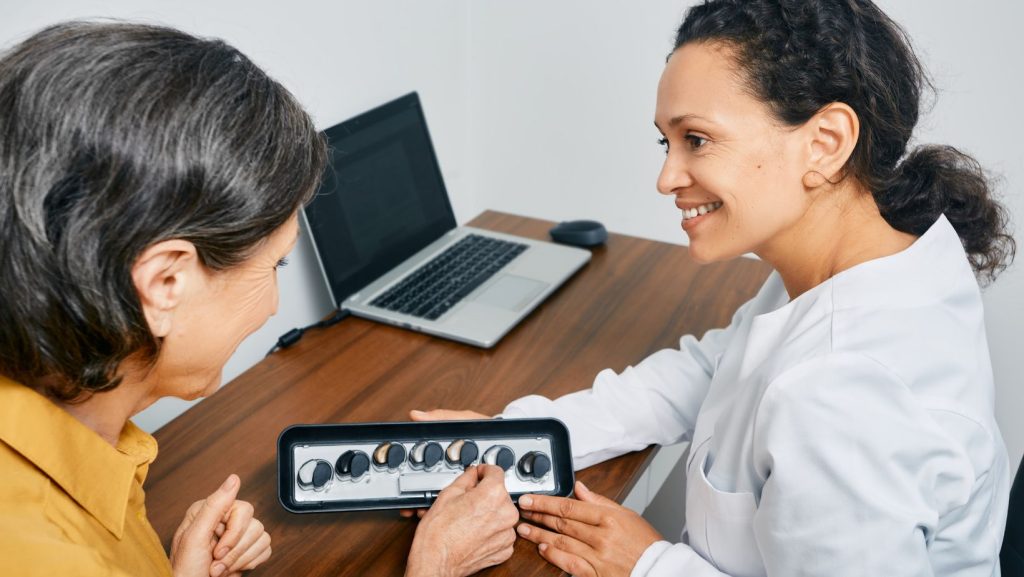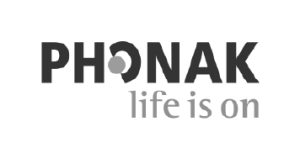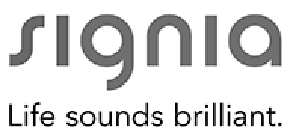Have you noticed your hearing aids aren’t quite keeping up with your needs lately? Or perhaps you’re struggling in settings where they used to perform flawlessly. Like any piece of technology, hearing aids have a lifespan. Over time, wear and tear, evolving technology, and changes in hearing health could leave you wondering if it’s time for a hearing aid upgrade.
Upgrading your hearing aids may unlock improved performance and features that better align with your current needs. In this post, we’ll cover everything from understanding the lifespan of hearing aids to signs you might benefit from an upgrade. Together, let’s see how evolving technology and innovations can improve your hearing experience.
Understanding the Lifespan of Hearing Aids
How Long Do Hearing Aids Last?
Hearing aids aren’t built to last forever. On average, they’re designed to perform optimally for 5 to 7 years with proper care. However, several factors can influence this timeframe, including how often you use them and the environments you frequent.
Daily wear, exposure to moisture, and accidents like drops can wear down even the most durable devices over time. Beyond that, batteries and internal components naturally degrade, which can impact sound quality and reliability.
Compatibility and Performance Challenges
Another factor to consider is compatibility. Over time, older hearing aids may struggle to integrate with modern accessories or apps. For instance, an older model might lack Bluetooth connectivity or options for wireless syncing with smartphones, making it less versatile in today’s tech-driven world.
If you’re finding that your devices don’t deliver the same performance or can’t keep up with your lifestyle, this could be your cue to consider an upgrade.
Staying Updated with Technology Innovations
Recent Advancements in Hearing Aid Technology
Hearing aids have come a long way thanks to advancements in technology. Today’s hearing aids are light years ahead of older models, offering features like:
- Advanced Noise Reduction: Enhanced clarity even in busy, noisy environments.
- Rechargeable Batteries: No more fumbling with tiny disposable batteries.
- Bluetooth Connectivity: Enjoy seamless pairing with phones and other devices.
- Enhanced Sound Quality: Greater speech recognition and subtle sound detection.
These modern features are designed to simplify daily life and deepen your connection to the world around you. Upgrading your hearing aids could mean huge benefits if you’re currently using an older or outdated model.
Side-by-Side Comparisons
For example, older hearing aids may struggle in noisy environments, such as busy restaurants. Newer models, equipped with adaptive noise reduction, can isolate speech and reduce background distractions in real-time. The result? Better conversations and less strain.
If connectivity matters to you, compare a basic model from a decade ago to newer hearing aids that stream calls, music, and even meetings directly to your ears via Bluetooth. These features make an upgrade much more than just a “repair or replace” decision.
Adapting to Changes in Hearing Loss
Hearing Loss Evolves Over Time
Your hearing needs today may not be the same as they were five years ago. Hearing loss can progress naturally due to aging, illness, or other factors, requiring tailored adjustments to ensure you experience optimal sound clarity.
Regular hearing assessments are crucial for monitoring changes. However, outdated hearing aids might not keep up with these adjustments. If your current devices don’t support newer audiogram updates, they might be holding you back from enjoying the best possible hearing.
The Importance of Custom Fit Solutions
Advanced hearing aids can adjust to mild to severe changes in hearing loss, whether by amplifying softer sounds or fine-tuning clarity in specific frequency ranges. Upgrading ensures your devices align seamlessly with your latest hearing health profile.
Signs It’s Time to Consider an Upgrade
Wondering if it’s time to move on from your current hearing aids? Here’s a quick checklist of signs that may indicate you could benefit from an upgrade:
- Difficulty Hearing in Noisy Settings: Struggling to follow conversations in crowded or busy spaces, like restaurants or family gatherings.
- Frequent Repairs or Declining Performance: If your hearing aids require frequent repairs or are no longer functioning as they once did, their lifespan may be nearing its end.
- Lack of Modern Features: Missing out on features like Bluetooth connectivity, rechargeable batteries, or enhanced sound clarity.
- Physical Discomfort: Poor fit or irritation when worn, indicating your devices are outdated and not as ergonomic as modern options.
Still unsure? A consultation with a hearing care professional can provide tailored insights.
Take Charge of Better Hearing
Your hearing aids are essential tools that connect you to the sounds and experiences that matter most. While they’re designed to last several years, regular assessments and upgrades when necessary can significantly enhance your hearing and overall quality of life.
If your current devices are no longer meeting your needs, this might be the perfect opportunity to explore what modern hearing aids can offer. Enhanced features, better compatibility, and superior performance are well within reach.
Think it’s time for a change? Book an appointment with a hearing care professional today to learn how updated hearing aids can support you and elevate your lifestyle.







